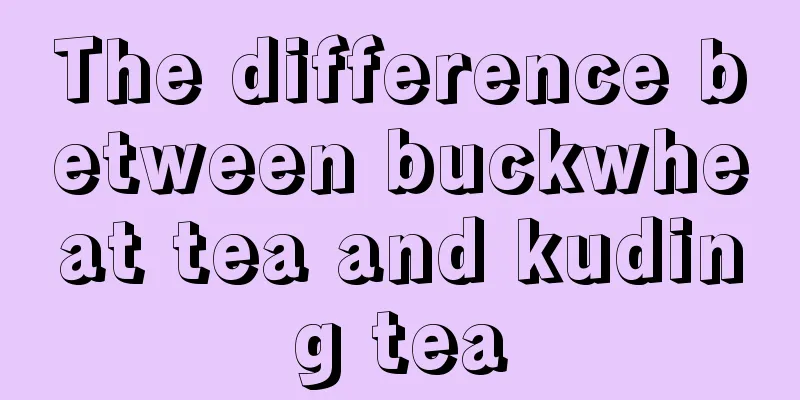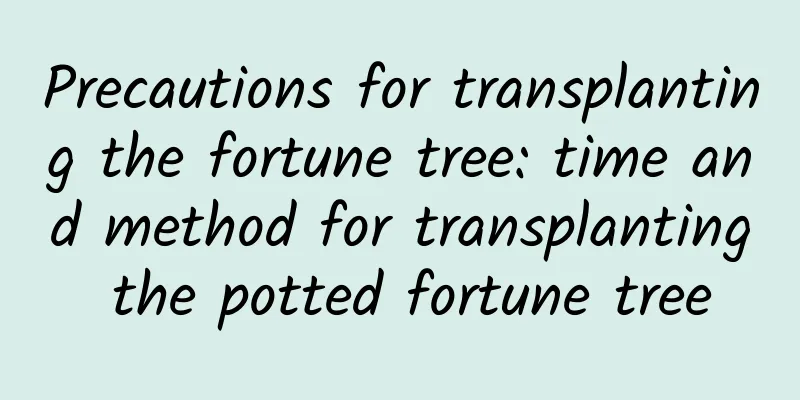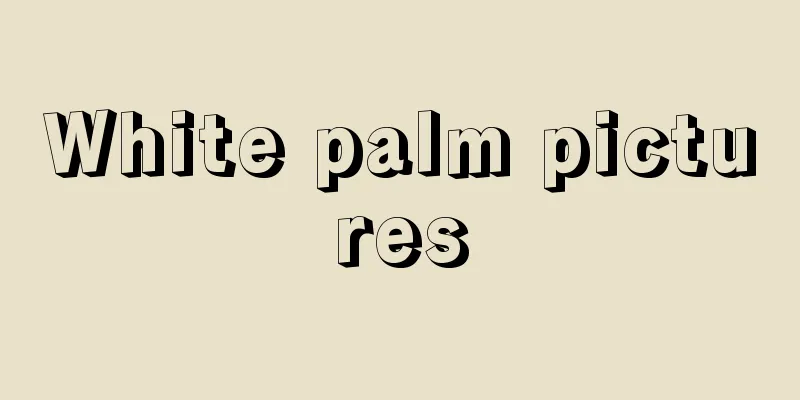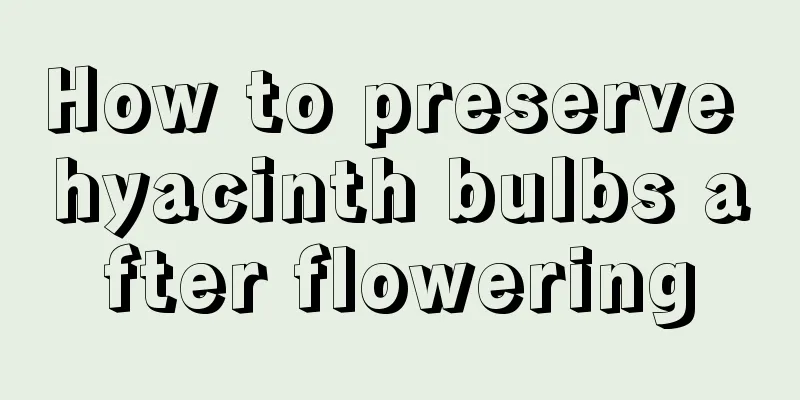The difference between buckwheat tea and kuding tea

1. Leaf DifferenceThe basal leaves of Tartary Buckwheat Tea are broadly obovate, 23 to 25 cm long and 18 to 20 cm wide, with a rounded apex and a wedge-shaped base. The edges have teeth of varying sizes or are double serrated. The petiole is up to 20 cm long and has small lobes. The central stem leaves are oblong, 3 to 4 cm long, with several teeth on the edges and are sessile. The leaves on the upper part of the stem are broad linear, gradually narrowing at the base, and the leaves have entire margins. The leaves of Kudingcha are thick leathery, spirally alternate, 8 to 25 cm long, 4.5 to 8.5 cm wide, with sparsely sharp teeth on the edges and no pubescence on both sides. The leaves are ovate-oblong, not wrinkled, some are slightly curled longitudinally, shiny yellow-green or gray-green above, and yellow-green underneath. 2. Flower DifferencesThe inflorescence of buckwheat tea is racemose, the flowers are yellow, 6 to 8 mm in diameter, and the petals are obovate. The flowers of Kudingcha are dioecious, or unisexual and bisexual flowers coexist, and the flowers are white or yellow. |
<<: The difference between Kudingcha and Dandelion
>>: The difference between Lucong and Bana
Recommend
Boxwood cutting propagation methods and precautions
Boxwood propagation method Boxwood is mainly plan...
What vegetables can be grown in June?
With the arrival of June, the temperature rises s...
What to do if the maidenhair fern leaves are dry
Proper lighting The maidenhair fern itself is a p...
If the kumquats you raise start to lose leaves, don’t worry, check if it’s because of “this”?
Friends who like to eat oranges have also started...
The green ivy looks like it has been painted green, and everyone praises it. The secret is... you can learn it in one go!
How to save the green radish at home when it turn...
Cultivation methods and precautions of golden-edged jadeite
Golden-edged Jade is relatively easy to grow beca...
In which month should all the leaves of Amaryllis be cut off (how to cut the leaves and to what extent)
Amaryllis is a very ornamental plant and is also ...
How many pounds of ginger is produced per mu
Ginger yield per mu Generally speaking, ginger ca...
Cultivation methods and precautions for potted osmanthus flowers (watering every few days indoors)
Sweet olive is also known as thousand-mile fragra...
Can the fruit of the fortune tree be eaten? Why are the leaves turning white?
1. Can I eat it? The fruit of the money tree can ...
The whole process of ginger planting
Ginger is usually planted around the Qingming Fes...
The growing environment and local conditions of plums
Plum Growth Environment and Conditions Plums are ...
If you want to be a master of flower cultivation, how can you do it without learning some special skills?
Orange peels can remove odors Many beginner flowe...
How to cultivate water lilies in a water tank without soil
Water lilies have become the choice of more and m...
How to grow Murraya paniculata in pots
1. Soil There are certain requirements for the so...









